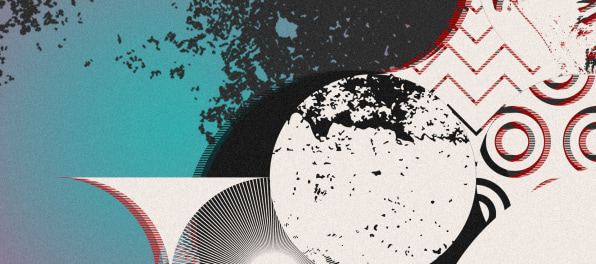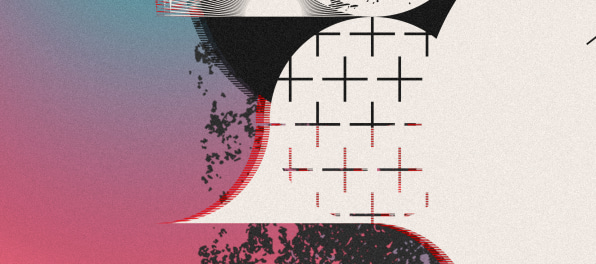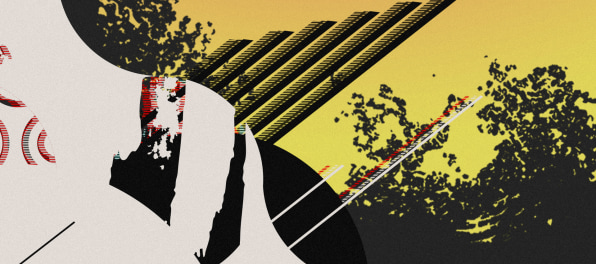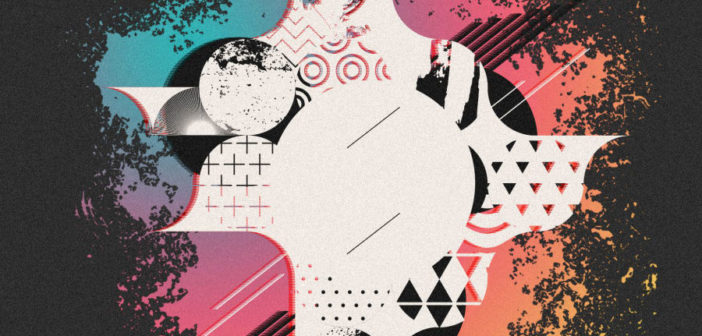Experts predict where AI will go in 2018–and the role designers are destined to play.
Artificial intelligence was one of the hottest topics of 2017. AIs developed new languages in which to converse; the debate raged over whether AI will automate our jobs or augment our skills; and the insidious ways in which bias can infiltrate AI systems became all too real in our politics. It also become clear that designers will be at the forefront of making AI responsible and intelligible to users–whether they’re ready or not.
So what will 2018 look like, compared to the tumult of the past year? Co.Design spoke to five experts in design and artificial intelligence to find out.

NEW TOOLS WILL MAKE AI MORE ACCESSIBLE
Right now, AI remains largely the purview of machine learning researchers with PhDs. But not for long. “The same way HTML and Flash and Javascript opened the door to a lot more people taking and creating interesting software ideas from the world of C++, we’re going to see the same thing with AI,” says Mark Rolston, the founder of Argo Design. “I think we’re right at the cusp of a lot of new tools.”
Those tools wouldn’t necessarily make AI accessible to every single designer, but they’d give a more average developer who hasn’t specialized in machine learning the chance to start digging into an entirely new way of thinking about algorithms. And these tools are starting to crop up everywhere: Google’s natural language processor Parsey McParseface (yes, that’s its name), Amazon’s conversational bot builder Lex, and Microsoft’s more general AI platform Cognitive Toolkit.
For Rolston, though, the ultimate goal is for non-technical people to be able to access the technology. “Ultimately we want the Squarespace for AI, but before we get there, we need to create the Flash toolkit for AI,” Rolston says. “People who write Flash, they still call themselves programmers, but they don’t have to worry about different aspects of the programming anymore.”

VISUALIZATION WILL HELP US UNDERSTAND–AND TRUST–AI
As AI becomes more democratized, it will fall to designers to create graphics and interfaces to help people understand how the technology is working under the hood–which will play a vital role in building trust in it. In 2018, designers will experiment more and more with how to visualize a technology they’re just starting to understand themselves.
“It’s easy, when you think of AI predictive models, to create a system that’s a panopticon,” says Caroline Sinders, a machine learning designer and user researcher. “You can have the best intentions and make the worst thing. But what’s important with AI is how data visualization needs to be part of that. We’re dealing with systems where people maybe understand what the algorithm is but they don’t understand what it’s doing. Can you show or illustrate how or why the system you’re using is making the connections it’s making inside your product?”
How to do this kind of visualization remains a difficult problem–one that will fall to designers to solve.
But Sinders is also interested in using AI as a tool in data visualization itself. Right now, the technology is often applied to problems like natural language processing. But there are many opportunities to use it to find new ways of looking at data. She points to the company Topos, which uses AI to analyze patterns in cities. For instance, the company utilized machine learning to look at the locations of coffee shops across New York City’s five boroughs. In doing so, it uncovered some striking insights about the city’s economic development. One example? The simulations showed that the next 200 coffee shops in the city will open outside of Manhattan.“AI is really just pattern matching,” Sinders says. “They’re just analyzing data, and making patterns in a way that’s similar to how our brain makes patterns or connections–how do you use that to make something interesting?”

AI WILL MAKE DESIGNERS MORE CREATIVE
This year, we saw a lot of gloom and doom about AI making certain jobs obsolete. But at least within design, Tim Hwang–the director of the Ethics + Governance of AI initiative–sees huge potential for the technology to help people become more creative. In 2018, he believes AI will be integrated into more and more design tools in a way that will give designers’ creativity a boost.
Hwang points to a fabricated chair created by Autodesk that was made using an algorithmic design program called Dreamcatcher. The program allows you to plug in parameters–for instance, that the final product should have four legs and a seat–and then ask the computer to generate ideas that fit the bill. This technically generative software, rather than AI proper, but it demonstrates Hwang’s point: that computers, even as they get more sophisticated, could augment designers’ abilities in entirely new ways.
“You can imagine these tools that are basically creativity engines,” Hwang says. “You feed in a few different things and it spits out all these things you can explore with. You get this more collaborative process of design with an intelligent machine. That’s got me really excited right now.”
#AI becomes a collaborative #design partner with @Autodesk #GenerativeDesign https://t.co/Vrk4scy7El via @DEeditor pic.twitter.com/1BYaVuORZS
— Autodesk (@autodesk) December 11, 2017
Hwang is particularly interested in the potential offered by projects like Dreamcatcher and Google Magenta, which is trying to create music and art using AI. But again, it’s not about replacing designers or human artists–it’s about giving them more choices, and more inspiration.
“I like the tools that expand the set of options you have to chose from and opens up design possibilities you didn’t think were possible before,” Hwang says. “That’s the key thing, versus thinking about creativity in a Star Trekversion, where you ask the computer, make me a painting. If that’s where we we end up, we’re selling the tech very short.”

WE’LL RECKON WITH AI’S LIMITATIONS
AI is still subject to some serious limitations–and in the next few years, designers and engineers will face a challenge: how to not ask AI to do too much. In other words, how to incorporate AI into the products in a way that improves the user experience–and doesn’t frustrate people endlessly when it doesn’t quite work.
“[Algorithms] don’t have to be uniformly smart. They just have to be smart enough to lift us past the manual mode we’re working in,” Rolston says. “The role of design is to gently incorporate AI into the modalities we’re otherwise working in in a way that doesn’t overburden the AI, and just offers some lift to the existing burden that the user was otherwise doing.”
For Mike Stringer, executive design director at Ideo and the cofounder of data science company Datascope, it’s important to understand AI’s limits while harnessing it to make the user’s life better. That applies to products where personalization is a feature, especially, he explains.
“Part of the challenge is that systems for personalization are graded on an overly simplistic basis. These simplistic ways of evaluating were useful in the research community for benchmarking while developing the technology, but are not based on meeting people’s actual needs,” Stringer says. Instead, “an intersection of AI and design is in creating personalized products and services that meet people’s needs and guide them to discover and explore the world in ways they couldn’t without the technology.”

THE RISE OF THE DATA-LITERATE DESIGNER-ETHICIST
What questions should designers be asking themselves in 2018? In the coming years, Sinders believes that a new type of design professional will be needed to address these tectonic technical shifts.
“How do you sit with your data? Do you know what’s really in your data set? Can you defend logically why it has this output? That’s what I imagine and see. I think we need to keep going down that road,” she says. “The future is less of a T-shaped designer, but a designer that’s a Jill-of-all-trades. You should have an aesthetic eye, but you need to be a systems designer when dealing with AI, you need to be a designer that focuses on ethics or an ethicists, you need to have a little bit of a technical understand. And you need to be highly data-minded and data-questioning.”
Tim Brown, CEO of Ideo, also believes that designers will bear responsibility for making sure AI is used ethically. “To design learning systems that benefit people, from individuals to companies to society at large, designers are accountable for making the underlying algorithms unbiased and transparent,” Brown says. “Improving the interpretability of algorithms—knowing why they do what they do—is an active area of AI research that will only become more important for design teams to draw on as we create more and more learning systems.”
–
This article first appeared in www.fastcodesign.com
Seeking to build and grow your brand using the force of consumer insight, strategic foresight, creative disruption and technology prowess? Talk to us at +9714 3867728 or mail: info@groupisd.com or visit www.groupisd.com



